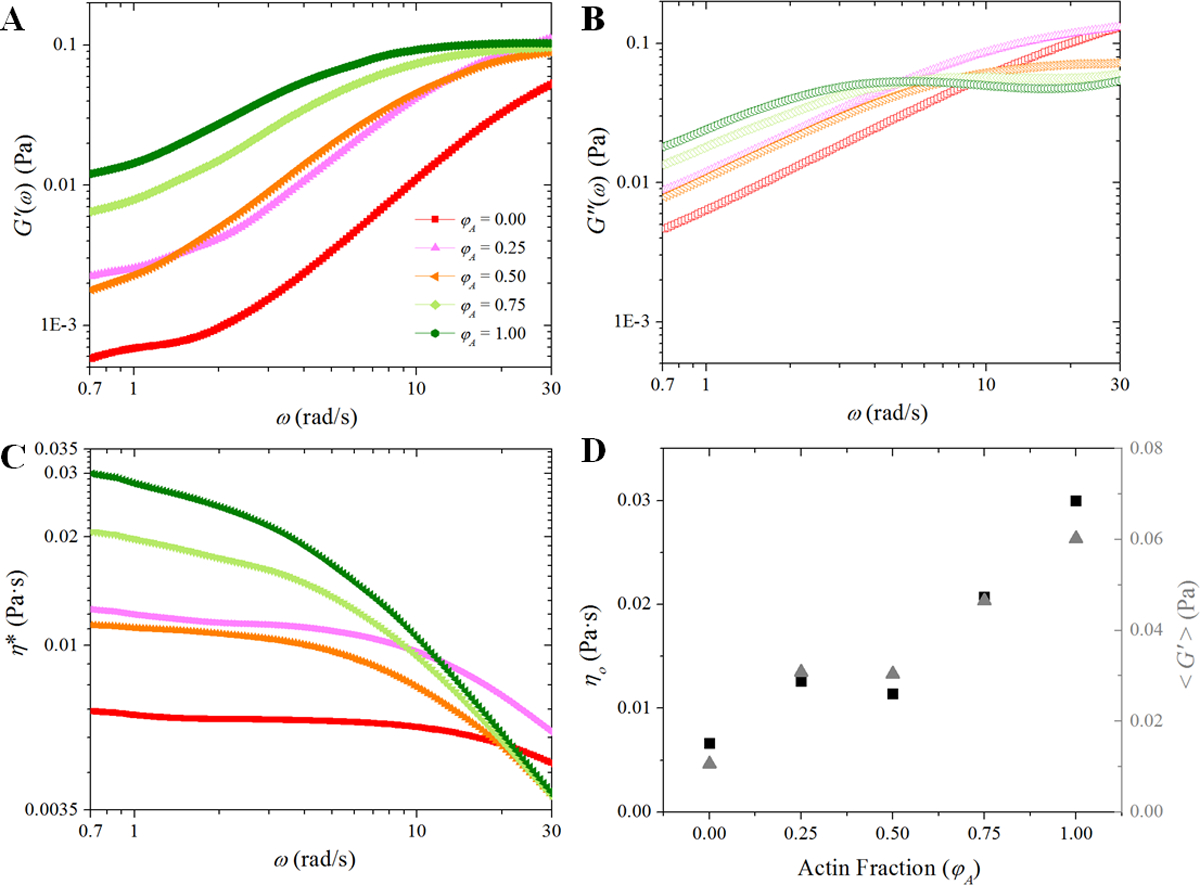Figure 5. Composites exhibit pronounced viscoelastic properties which vary with actin fraction.

(A) Storage and (B) loss moduli, G’(ω) and G”(ω), are plotted vs. frequency (ω). (C) The complex viscosity η*(ω) vs. ω is plotted. (D) The zero-shear viscosity, η0, (left axis) and the average storage modulus, <G’(ω)>, (right axis) are plotted vs. actin fraction. While increasing the fraction of actin within the composite generally serves to increase the viscoelasticity, there is relatively little change in η0 and <G’(ω)> between the φA = 0.25 and φA = 0.5 composites.
